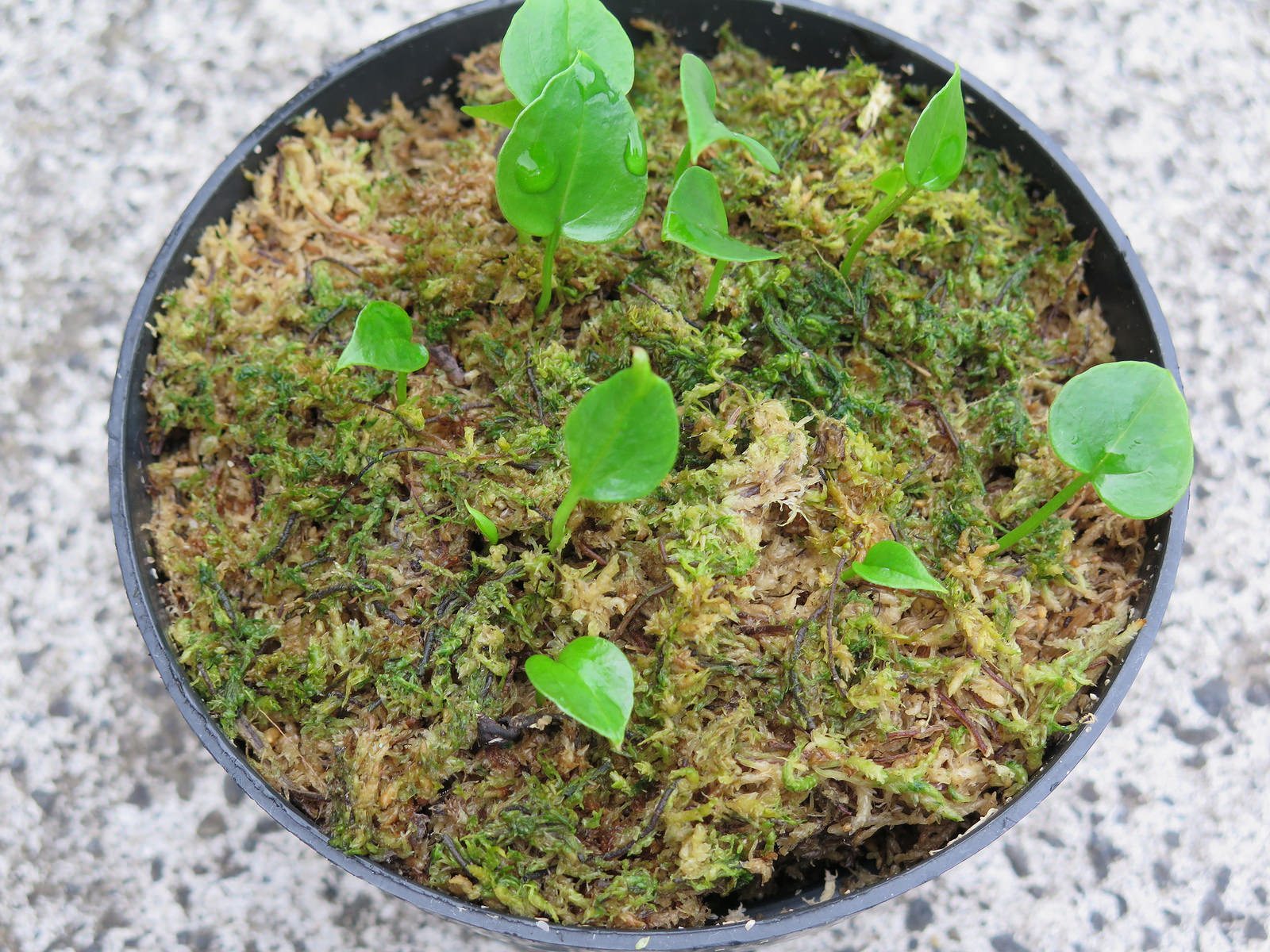Seed Propagating Anthuriums: Learn About Planting Anthurium Seeds


Anthurium plants don't reliably produce fruit, which can make gathering and growing their seed a problem unless you have another seed source. Cuttings are a far easier way to get a new plant, but if you are up for an adventure, some tips on planting anthurium seeds can help you find success. Propagating anthuriums from seed will also require some tricks to make the tiny flowers fertile, as the stigma and stamen are active at different times. Only some pollen saving and tickling can produce any fruit and therefore, any seeds.
How to Get Seed from Anthurium
Anthurium flowers are both male and female with the female flowers coming first. This means that unless you have several plants with flowers in different stages of development and of different sexes, an individual anthurium is unlikely to produce fruit. With no fruit, you have no seeds. In order for anthurium propagation by seed to occur, you will need to solve this problem. Propagating anthuriums from seed begins with tricking your plant into producing that needed seed. The flowers are first female and then turn into males, which emit pollen. Collect the pollen from a ripe male and store it in the refrigerator. To tell if you have a receptive female, the spadix will be bumpy and may be exuding some liquid. Get your pollen and a tiny art paintbrush and apply pollen to the swollen spadix. The whole process is a lot easier with several anthurium plants, which develop at different times. This is probably how you are going to have to source seed, as it is not readily available. Anthurium propagation by seed is not the favored method, since cuttings and tissue culture are more common. After pollinating the spadix, the organ will undergo some changes, gradually. Fruits will take six to seven months to develop. Ripe fruits bulge from the spadix, become orange, and are quite easy to pull out of the organ. The seeds inside the fruits are covered in sticky pulp, which needs to be washed off before anthurium seed propagation. The best way to achieve this is to soak the seed several times, swirling the liquid to help wash off the pulp. When seeds are clean, lay them on a paper towel to dry.
Planting Anthurium Seeds
Anthurium seed propagation requires proper planting and continued care. Flats are good containers for planting anthurium seeds. The best planting medium is vermiculite which has been previously moistened. Lightly press the seed into the vermiculite, leaving an inch (2.5 cm.) between. Covering the container will speed up germination, as it increases heat and conserves moisture. Place the flat where temperatures are at least 70 degrees F. (21 C.), using a seed mat if necessary. Keep an eye on the soil and container, however. If too much moisture builds up, take the cover off for a bit to allow excess moisture to evaporate and the seedlings to breathe. Once germination is achieved, you can remove the cover. Gently move seedlings to individual containers and follow general anthurium care. These little starts can take up to four years to produce the lovely spathe, so just be patient. Seed propagating anthuriums is not the most popular method due to its proclivities, but it sure will be fun when you have your own crowd of these special plants.
Sign up for the Gardening Know How newsletter today and receive a free copy of our e-book "How to Grow Delicious Tomatoes".

Bonnie Grant is a professional landscaper with a Certification in Urban Gardening. She has been gardening and writing for 15 years. A former professional chef, she has a passion for edible landscaping.